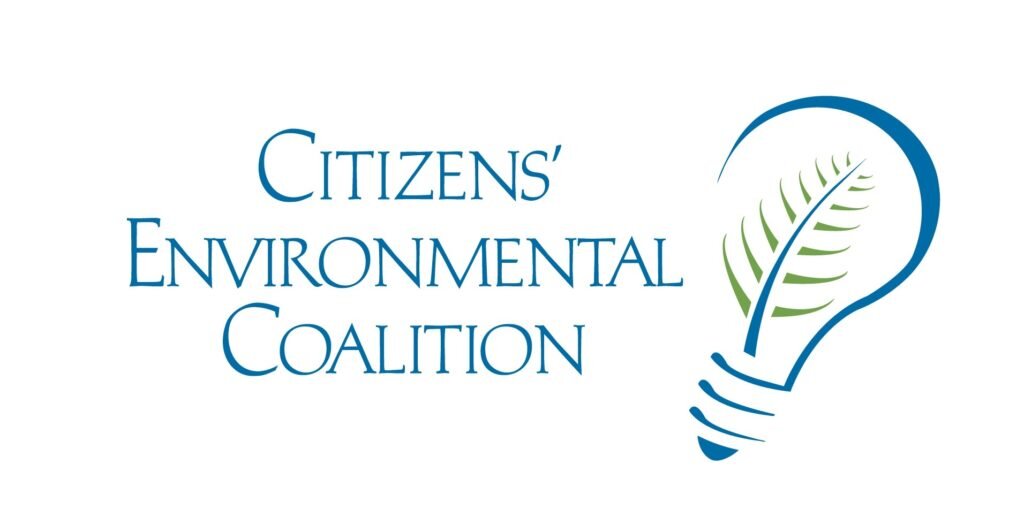Gulf of Mexico
Below are resources for teaching about the Gulf waters in your learning environment. This includes the Flower Garden Banks.
Overview | Benefits | Conservation | Wildlife | Cultural Connections
Overview
The Gulf of Mexico is one of the most ecologically and economically productive ecosystems in North America. It is a 218,000 square mile semi-enclosed, oceanic basin connected to the Atlantic Ocean by the Straits of Florida and to the Caribbean Sea by the Yucatan Channel. Many important watersheds, such as the Mississippi river, drain into the Gulf of Mexico. The deepest part, the Sigsbee Deep, is estimated to be around 14,000 feet deep but the average depth is around 5,300 feet.
Benefits
According to NOAA, the Gulf of Mexico provides a third of the nation’s food sources.
Approximately half of total U.S. petroleum refining and natural gas processing capacity is located along the Gulf coast. This provides billions of dollars to the regional economy. Ship building and shipping are also multi-billion dollar industries, with two of the largest ports in the world, Houston and New Orleans, in the region.
Recreation, leisure, and tourism industries contribute significantly to the Gulf economy employing millions of people. The Gulf of Mexico supports some of the largest recreational and valuable commercial fisheries in the nation.
Conservation
There are numerous threats to the Gulf ecosystem, including one of the world’s largest areas of hypoxia, or “a dead zone.” Each year, the dead zone sharply affects the region’s seafood production, illustrating the enormity and complexity of the threats facing the region’s ecosystem and, subsequently, the region’s economy.
In the Gulf of Mexico, some harmful algal blooms are caused by the rapid growth of the microscopic algae species Karenia brevis (commonly called red tide). Red tide can cause respiratory illness and eye irritation in humans. It can also kill marine life. Blooms are often patchy, so impacts vary by beach and throughout the day.
Recreation, good weather, and tourism benefits bring a rising population, creating notable pressures on the very natural resources that provide the economic engine for the region. From recreational boating, industrial shipping, fishing, tourism, oil and gas extraction and exploration - and more - the Gulf continues to face
Many species are threatened or endangered due to these threats.
Flower Garden Banks National Marine Sanctuary protects a series of shallow and deep coral reefs and all the wildlife that use them.
No anchoring is allowed with the sanctuary to prevent damage to these critical bottom habitats. Mooring buoys are provided for vessels of 100 feet in length or less.
Fishing is allowed, but only hook and line fishing gear may be used. All other gear types are prohibited within the sanctuary.
Visitors are prohibited from touching or disturbing rays or whale sharks, or removing or injuring any kind of wildlife except through fishing with hook and line.
Learn more about the Flower Garden Banks National Marine Sanctuary Regulations.
Different kinds of management zones were established in the northern Gulf of Mexico to protect certain areas from specific damages. These include No Activity Zones (pertain only to the oil and gas industry), Habitat Areas of Particular Concern (HAPC) and Coral HAPC (regulations in these areas pertain only to fishing). These all predate sanctuary designation. Sanctuary regulations are more comprehensive than any of those associated with these management zones. Learn more about the NW Gulf of Mexico Management Zones
Wildlife
The Gulf of Mexico is home to more than 15,000 species of marine and coastal wildlife species, including fish, coral, whales, sea turtles, dolphins and thousands of bird species. It is also home to the Flower Garden Banks National Marine Sanctuary. Situated 80 to 125 miles off the coasts of Texas and Louisiana, the Flower Garden Banks sanctuary includes thriving shallow water coral reefs, algal-sponge communities, and deeper mesophotic reefs full of black coral, octocoral, and algal nodule habitats.
Cultural Connections
“Native Land Digital creates spaces where non-Indigenous people can be invited and challenged to learn more about the lands they inhabit, the history of those lands, and how to actively be part of a better future going forward together.” Visit this interactive map.


